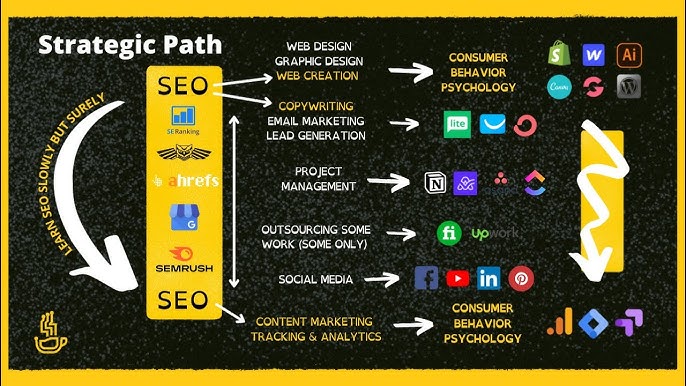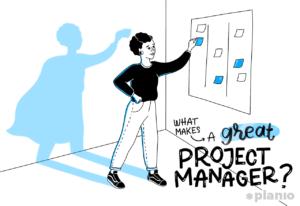To become an email marketer without experience, start by learning essential skills and using free online resources. Build a portfolio through personal projects and internships.
Email marketing is a powerful tool for businesses to connect with their audience. Newcomers can enter this field by mastering key skills and leveraging free online resources. Start with understanding email marketing basics through courses from platforms like Coursera or HubSpot Academy.
Create personal projects to practice and showcase your skills. Internships or volunteering can provide real-world experience and enhance your portfolio. Network with industry professionals via LinkedIn or attend relevant webinars. With dedication and strategic learning, you can establish yourself as a proficient email marketer.
Introduction To Email Marketing
Email marketing is a powerful tool for businesses. It is essential for building relationships and driving sales. But, how do you start with no experience? This section will introduce you to email marketing and its significance.
What Is Email Marketing?
Email marketing involves sending emails to customers. These emails can inform, promote, or engage. Businesses use email marketing for promotions, newsletters, and updates. It is a direct way to reach an audience, can be automated or personalized, and is also cost-effective and measurable.
Importance Of Email Marketing
Email marketing is crucial for business growth. Here are some key reasons why:
- Direct Communication: You can reach your audience directly.
- Cost-Effective: It is cheaper than traditional marketing.
- Measurable Results: Track open rates and click-through rates easily.
- Targeted Campaigns: Segment your audience for personalized messages.
- Increased Sales: Drive more sales with targeted promotions.
| Benefits | Description |
|---|---|
| Direct Communication | Reach your audience directly in their inbox. |
| Cost-Effective | Lower costs compared to traditional advertising. |
| Measurable Results | Track and measure your campaign performance. |
| Targeted Campaigns | Send personalized messages to specific audience segments. |
| Increased Sales | Drive more sales with effective email promotions. |
Email marketing helps businesses stay connected. It builds trust and loyalty with customers. Start learning and practicing to become an expert.

Credit: www.youtube.com
Essential Skills For Email Marketers
Starting as an email marketer without experience can be challenging. But knowing the essential skills can make a huge difference. These skills will help you craft engaging emails and understand your audience. Two key skills are crucial: copywriting basics and understanding analytics.
Copywriting Basics
Copywriting is the art of writing persuasive content. For email marketing, it’s vital. Your emails need to grab attention and compel action. Here are some basic tips:
- Catchy Subject Lines: The subject line is the first thing people see. Make it interesting.
- Clear and Concise Content: Write short sentences. Use simple words.
- Call to Action (CTA): Always include a clear CTA. Tell readers what to do next.
- Personalization: Use the recipient’s name. Make the email feel personal.
Understanding Analytics
Analytics help you measure the success of your email campaigns. Knowing how to read and understand these metrics is crucial. Key metrics to watch:
| Metric | Description |
|---|---|
| Open Rate | The percentage of recipients who open your email. |
| Click-Through Rate (CTR) | The percentage of recipients who click on links in your email. |
| Conversion Rate | The percentage of recipients who take the desired action. |
| Bounce Rate | The percentage of emails that were not delivered. |
Use these metrics to improve your campaigns. Adjust your strategy based on what works best. Always test and refine your emails.
Building Your Knowledge Base
To become an email marketer without experience, you must first build a strong knowledge base. Understanding the fundamental principles and strategies is crucial. This section will guide you through free online courses and recommended books that can help you gain the necessary skills.
Free Online Courses
Free online courses are a fantastic way to start learning email marketing. They provide comprehensive education without any cost. Below is a list of some high-quality free courses:
- HubSpot Email Marketing Certification: This course offers in-depth training on email marketing strategies, including segmentation and personalization.
- Google Digital Garage: Learn the basics of digital marketing, including email marketing, through this free platform.
- Coursera Email Marketing Specialization: This series of courses covers the fundamentals of email marketing and advanced techniques.
These courses offer quizzes and certificates upon completion, enhancing your resume.
Recommended Books
Books are another excellent way to deepen your email marketing knowledge. They provide extensive insights from industry experts. Here are some must-read books:
- “Email Marketing Rules” by Chad S. White: This book covers best practices and strategies for successful email marketing.
- “The Email Lifeline” by Anik Singal: Learn how to build and grow a profitable email marketing list.
- “Email Persuasion” by Ian Brodie: This book focuses on creating compelling emails that convert subscribers into customers.
Reading these books will give you a competitive edge in the email marketing field.

Credit: mailsoftly.com
Creating Your First Email Campaign
Starting your first email campaign can be exciting and rewarding. It may seem daunting at first, but with the right steps, you’ll succeed. We’ll guide you through the process to ensure your campaign runs smoothly.
Choosing An Email Service Provider
First, you need an Email Service Provider (ESP). An ESP helps you send emails efficiently. Here are some popular ESPs:
- Mailchimp – user-friendly and great for beginners.
- Sendinblue – offers advanced features and simplicity.
- Constant Contact – excellent for small businesses.
Compare their features and choose the one that suits your needs. Many ESPs offer free trials, so try them out.
Designing Your Email
Designing your email is crucial for engagement. Follow these steps to create an effective email:
- Choose a Template: Most ESPs provide templates. Pick one that fits your campaign.
- Personalize Your Content: Use the recipient’s name for a personal touch.
- Write a Catchy Subject Line: A good subject line grabs attention. Keep it short and relevant.
- Include a Clear Call-to-Action (CTA): Tell your readers what to do next. Use buttons or links.
- Add Images: Visuals can make your email more appealing. Use high-quality images.
Ensure your email is mobile-friendly. Many readers will view it on their phones.
Test your email before sending. Send it to yourself and check for errors. Adjust as needed.
Finally, schedule your email at the best time for your audience. Monitor the results and learn from each campaign.
Growing Your Email List
Starting as an email marketer can be challenging. One key task is growing your email list. A strong email list is crucial. It allows you to reach more potential customers. Here are some effective ways to grow your email list.
Lead Generation Strategies
Lead generation is essential for email marketing. Below are some strategies:
- Offer Value: Provide free resources like eBooks, guides, or templates.
- Sign-Up Forms: Place sign-up forms on your website. Use pop-ups or sidebars.
- Landing Pages: Create dedicated landing pages for sign-ups.
- Contests and Giveaways: Run contests that require an email to enter.
| Strategy | Description |
|---|---|
| Offer Value | Provide free resources like eBooks, guides, or templates. |
| Sign-Up Forms | Place sign-up forms on your website. Use pop-ups or sidebars. |
| Landing Pages | Create dedicated landing pages for sign-ups. |
| Contests and Giveaways | Run contests that require an email to enter. |
Using Social Media
Social media can help grow your email list. Here are some tips:
- Share Sign-Up Links: Post sign-up links on your social profiles.
- Facebook Groups: Join and engage in Facebook groups. Share your sign-up link.
- Twitter Chats: Participate in Twitter chats. Mention your email list.
- Instagram Stories: Use Instagram stories to promote your sign-up link.
Remember, growing your email list takes time. Be patient and consistent. Use these strategies to see results.
Analyzing Campaign Performance
Analyzing your email campaign performance is crucial for success. Understanding what works helps improve future campaigns. This guide will help you track essential metrics and test different strategies.
Key Metrics To Track
Tracking the right metrics is essential for email marketing. Here are some key metrics you should focus on:
- Open Rate: The percentage of recipients who opened your email.
- Click-Through Rate (CTR): The percentage of recipients who clicked on a link within your email.
- Bounce Rate: The percentage of emails that could not be delivered.
- Conversion Rate: The percentage of recipients who completed a desired action.
- Unsubscribe Rate: The percentage of recipients who opted out of future emails.
A/b Testing
A/B testing, also known as split testing, allows you to compare two versions of an email. This helps determine which version performs better.
- Create two versions of your email with slight differences.
- Send each version to a small, random segment of your list.
- Analyze the performance of each version using the key metrics.
- Use the better-performing version for the rest of your list.
You can test various elements such as:
- Subject lines
- Call-to-action buttons
- Images
- Email layout
Regular A/B testing can significantly improve your email campaigns. Always keep testing to find what works best.
Common Mistakes To Avoid
Becoming an email marketer without experience involves learning from common mistakes. Avoiding these pitfalls can help your campaigns succeed. Below are some common mistakes to watch out for.
Overloading Content
Many new email marketers try to include too much information in one email. Overloading content can overwhelm your subscribers and reduce engagement.
- Keep your emails concise and focused.
- Use bullet points to highlight key information.
- Include a clear call-to-action.
Breaking up text with images and headings can make your email easier to read. Less is more when it comes to email content.
Ignoring Mobile Users
Over half of all emails are opened on mobile devices. Ignoring mobile users can result in a poor user experience. Ensure your emails are mobile-friendly to reach a wider audience.
- Use a responsive email template.
- Keep subject lines short.
- Use large, easy-to-click buttons.
Test your emails on different devices to ensure they look good everywhere. A mobile-friendly design can significantly improve your open and click rates.

Credit: www.braze.com
Building A Portfolio
Building a portfolio is vital for aspiring email marketers without experience. This portfolio will showcase your skills and creativity to potential employers or clients. It demonstrates your ability to create effective email campaigns, even without prior professional experience.
Creating Sample Campaigns
Start by creating sample email campaigns. These samples will act as the foundation of your portfolio. Focus on different types of emails, such as:
- Welcome emails
- Newsletter emails
- Promotional emails
- Transactional emails
Each sample should have a clear goal and target audience. Use professional templates and design tools to make your emails look polished. Write engaging subject lines and body content. Include call-to-actions (CTAs) that encourage readers to take the next step.
Showcasing Results
Showcasing results is crucial to proving your effectiveness as an email marketer. Even with sample campaigns, you can simulate results to demonstrate your success. Here’s how:
- Create a small list of contacts, such as friends or family.
- Send your sample campaigns to this list.
- Track open rates, click-through rates, and conversions.
Use tools like Google Analytics or email marketing platforms to gather these metrics. Present the data in a clear, easy-to-understand manner. You can use tables or charts to make the information more visual.
For example:
| Campaign | Open Rate | Click-Through Rate | Conversions |
|---|---|---|---|
| Welcome Email | 45% | 10% | 5% |
| Newsletter | 35% | 8% | 3% |
| Promotional Email | 50% | 12% | 7% |
Highlight the best-performing campaigns and explain what made them successful. Discuss the strategies you used, such as personalization or segmentation. This will show potential employers or clients that you understand key email marketing principles.
Networking And Finding Opportunities
Networking and finding opportunities are crucial steps to becoming an email marketer without experience. Building a strong network can open doors to valuable connections and job offers. Joining industry groups and exploring freelance platforms can be highly beneficial.
Joining Industry Groups
Industry groups offer a platform to connect with professionals. You can learn from their experiences and gain insights.
- Search for email marketing groups on LinkedIn.
- Join Facebook groups focused on digital marketing.
- Participate in forums like Reddit and Quora.
Engage in discussions and ask for advice. This helps in building relationships with experienced marketers.
Freelance Platforms
Freelance platforms are great for finding initial opportunities. They help you build a portfolio without much experience.
- Create a profile on Upwork and Fiverr.
- Highlight your willingness to learn and adapt.
- Start with small projects to gain reviews.
Offer competitive rates to attract clients. Deliver quality work to build a strong reputation.
| Platform | Key Feature |
|---|---|
| Upwork | Wide range of projects |
| Fiverr | Easy to start with small tasks |
| Freelancer | Global opportunities |
Networking and exploring freelance platforms can kickstart your email marketing career. Use these strategies to find your first opportunities and grow your skills.
Conclusion And Next Steps
The journey of becoming an email marketer starts with determination. Even without experience, you can still succeed. Let’s explore the next steps to achieve this goal.
Setting Goals
First, define your goals. Knowing what you want will guide you.
- Identify your target audience.
- Determine the type of emails you will send.
- Set a timeline for reaching milestones.
Clear goals will keep you focused and motivated.
Continuing Education
Education is key to becoming an email marketer. Learn constantly.
Consider these educational resources:
- Online courses and certifications.
- Webinars and podcasts.
- Books and articles on email marketing.
Staying updated with industry trends will give you an edge.
Commit to learning, and you will grow. Your dedication will pay off in time.
Frequently Asked Questions
What Skills Do I Need To Start Email Marketing?
To start email marketing, you need basic writing skills, creativity, and an understanding of your audience. Familiarity with email marketing tools is also beneficial.
How Can I Gain Experience In Email Marketing?
Gain experience by volunteering, taking online courses, or practicing with personal projects. Joining email marketing communities can provide additional insights and support.
What Tools Are Essential For Email Marketing?
Essential tools for email marketing include email service providers, analytics tools, and design software. Popular options are Mailchimp, Constant Contact, and Canva.
Can I Learn Email Marketing For Free?
Yes, many online resources, blogs, and courses offer free email marketing training. Websites like HubSpot Academy provide comprehensive free courses.
Conclusion
Becoming an email marketer without experience is achievable with dedication and the right strategies. Start with learning the basics. Practice crafting compelling emails. Use online resources and tools to improve your skills. Join communities for support and insights. With persistence and effort, you can build a successful career in email marketing.






